In this article:
CPU vs GPU Computing
Assured Systems sell a wide range of industrial GPU computers for AI, deep learning, autonomous vehicles and machine vision applications whereby a rugged solution is required. Here's what to look for in an industrial GPU computer.
GPU computing utilises a graphics processing unit as an additional processor to accelerate the performance of the central processing unit (CPU) for general-purpose scientific and engineering computing. Initially, a graphics chip was used for processing graphics but has evolved towards a more flexible architecture utilising the graphical processing unit to process or implement any algorithm.
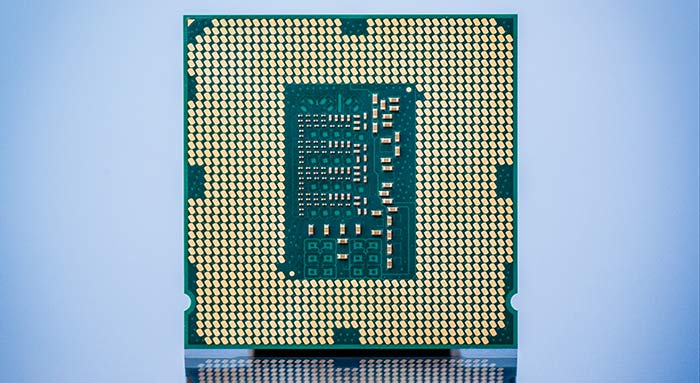 |
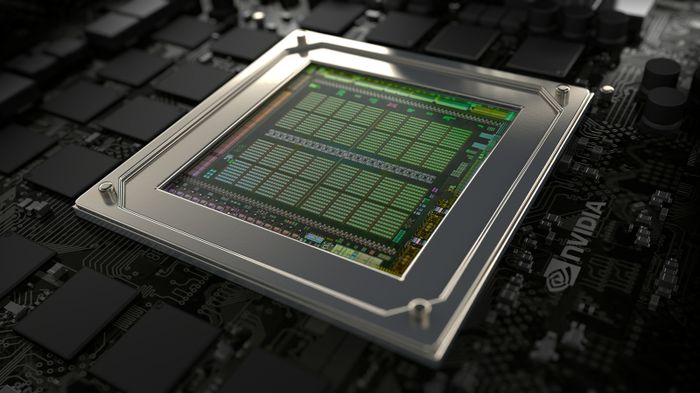 |
| CPU (Central Processing Unit) | GPU (Graphics Processing Unit) |
A CPU typically consists of four to eight CPU cores, while the GPU consists of hundreds of smaller cores. Together, they operate to crunch through the data in the application. This parallel architecture allows the GPU its high computing performance.
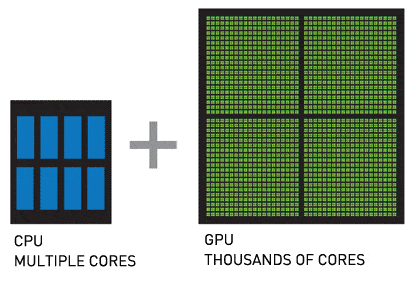
The GPU accelerates applications running on the CPU by offloading some of the computer intensive and time-consuming portions of the code, which requires significant number crunching. The core of the application still runs on the CPU. From a user's perspective, this hybrid computing allows an application to run faster due to the parallel processing power of the GPU to boost the CPU’s performance.
Image Processing Example: A 4K image consists of 8.2 million discrete pixels having a resolution of 3,840 x 2,160. In order to process a 4K image the GPU computer will need to perform some type of computation to each one of the 8.2 million pixels. If this task is given to a CPU the processing time will take very long as the CPU does not have enough cores to handle the task in parallel. The GPU provides thousands of specialized cores and can process the image up to 100X faster due to its parallel architecture. This makes the GPU the optimal microprocessor to handle tasks that require parallelism with a high degree of computation.
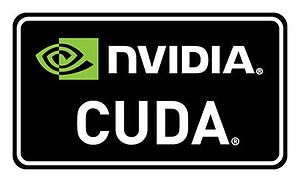
NVIDIA realized the potential of bringing this performance to the larger scientific community and invested in modifying the GPU to make it fully programmable for scientific applications. Plus, it added support for high-level languages like C, C++, and Fortran. This led to the CUDA parallel computing platform for the GPU. Application developers harness the performance of the parallel GPU architecture using the CUDA parallel programming model.
The CUDA parallel computing platform provides a few simple C and C++ extensions that enable expressing fine-grained and coarse-grained data and task parallelism. The programmer can choose to express the parallelism in high-level languages such as C, C++, Fortran or open standards as OpenACC directives. The CUDA parallel computing platform is now widely deployed with 1000s of GPU-accelerated applications and 1000s of published research papers. A complete range of CUDA tools and ecosystem solutions is available to developers.
Applications for an industrial GPU computer
|
Computer / Machine Vision |
Navigation |
Automation |
Artificial Intelligence |
|
Production line inspection |
Autonomous vehicle |
Factory automation |
Deep learning |
|
Medical imaging |
Pathfinding |
Machine learning |
|
|
Metrology imaging |
|||
|
Facial recognition |
Key GPU specifications to look out for when integrating into an Industrial GPU Computer
TFLOP Rating: One way to compare the performance of various GPUs is by their TFLOP rating. TFLOP stands for “teraflop,” which is a measurement of the GPU to performance one trillion floating point operations per second.
Thermal Design Power (TDP) Rating: The TDP rating tells us the maximum heat, in watts, generated by the GPU when operating at maximum capacity. This is key in determining the operational temperature range of an industrial GPU system, which should be optimally in the range of -25C to 60C for harsh conditions.
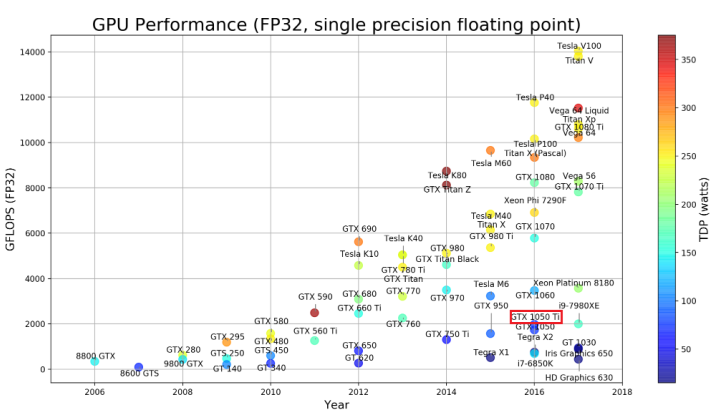
The GPU performance versus TDP chart shows the direct correlation, as performance increases, so does its corresponding TDP value. When designing an industrial GPU computer, there is a fine balance to strike between GPU performance versus the overall system operating temperature.
What other specification to look for in an industrial GPU computer?
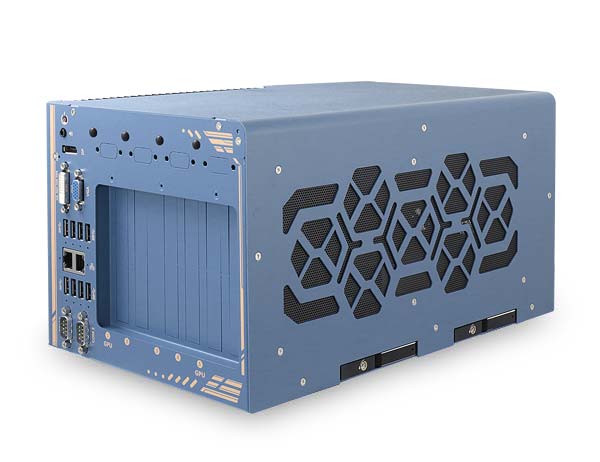
In addition to a performance boost from the GPU, an industrial GPU computer must support key features for operation in harsh industrial environments. Typical features include:
· High shock and vibration ratings. Higher vibration ratings up to 5 Grms are ideal for mobile computing applications.· Wide operating temperatures (Typically -25c ~ +60c)· Overvoltage and reverse polarity protectionHere is a list of other key specifications to look out for when deciding which industrial GPU computer is right for your application:
I/O Placement: Different applications require I/O facing at the front or rear. For example, factory line mounting would require all front facing I/O ports.Hard Drive: An industrial SSD is recommended here for performance, noise and shock resistance. Assured Systems are partnered with Transcend for all industrial hard drive requirements.CPU: Mid-range to high-performance CPUs are recommended depending on the application. Industrial CPUs have long-term roadmaps to guarantee supply and support for 10-15 years.RAM: It is recommended to have 2 gigabytes of memory for every gigabyte of video card RAM.Power supply: It should provide enough power for the CPU and the GPUs, plus any additional I/O.
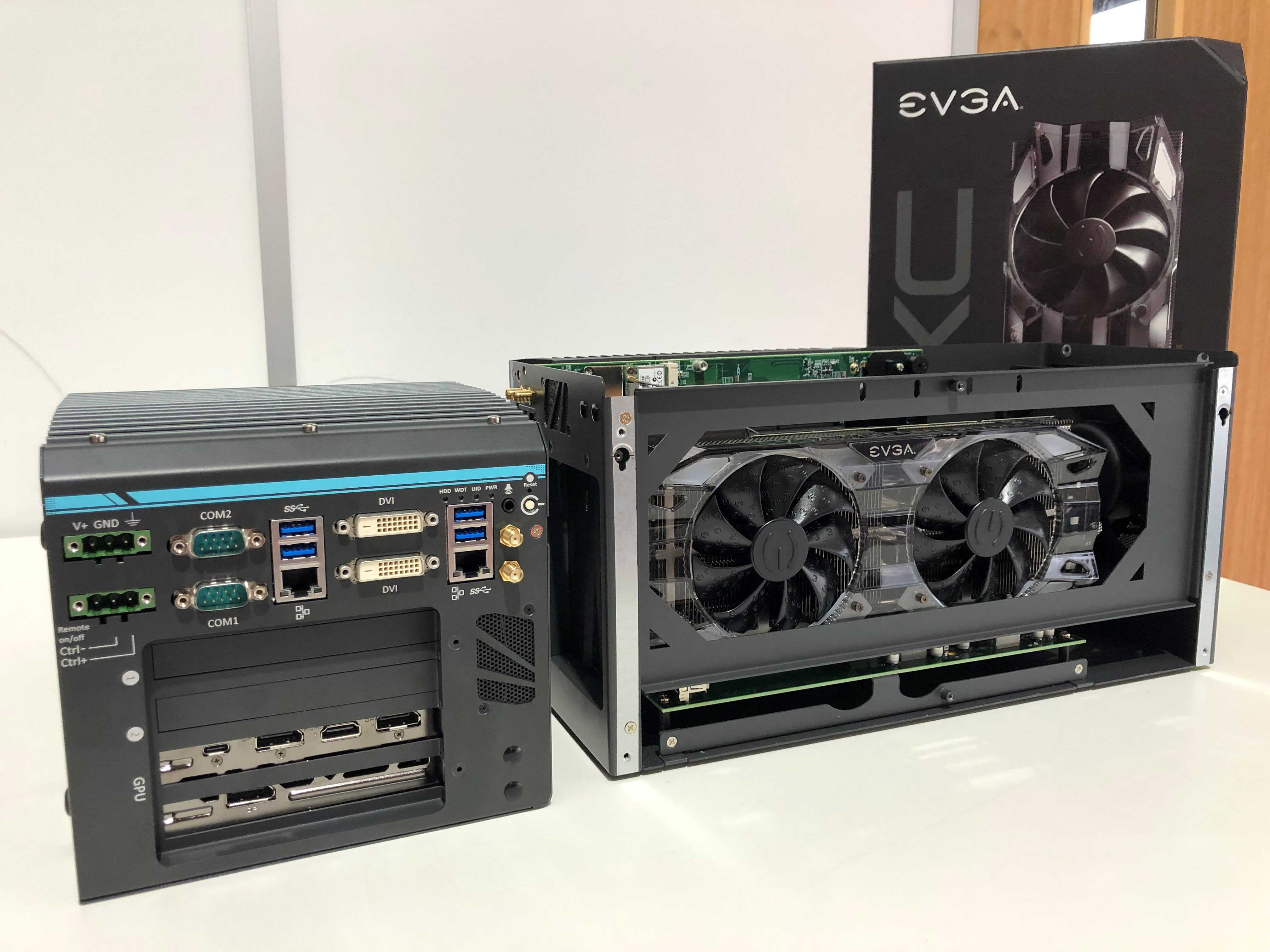
Assured Systems configured Neousys Nuvo-6108 industrial grade GPU platform w/ Intel Core i7-6700TE 2.4 GHz CPU, 16GB DDR4 Wide Temp Memory, 1TB SSD, NVIDIA RTX 2080 Graphics Card, Ubuntu 18.04 OS
Assured System's sales team in both the UK & USA have years of experience in applications requiring the installation of industrial GPU computers. We thoroughly understand our products, our customers, and the applications in which our systems are being deployed. You can rely on our expertise to ensure you receive the right guidance resulting in a precise fit for your requirements every time, saving you time and effort, and ultimately money. If you have an application you would like to discuss, please call +44 1785 87 90 50 (EMEA) or +1 864 421 6991 (USA) or use the contact form to send us your requirements.










